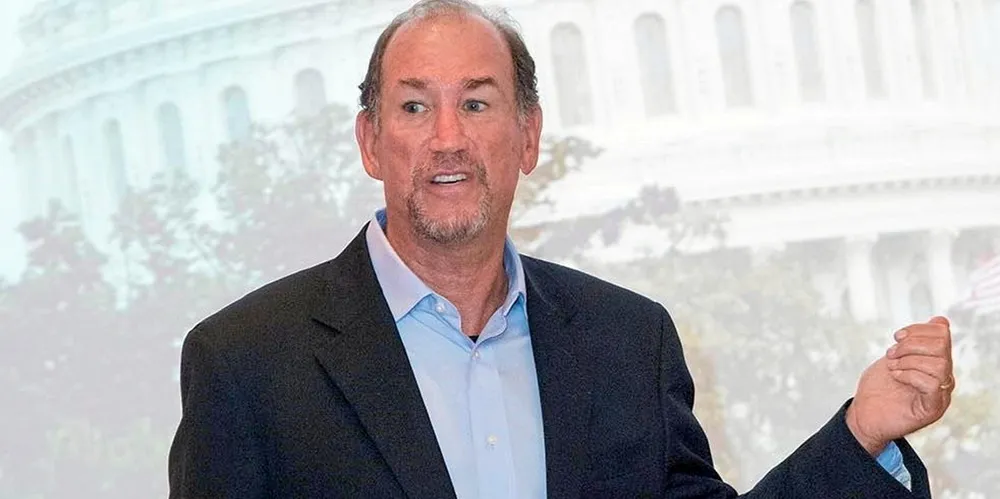Acore CEO Wetstone says US climate law to supercharge clean energy investment
Renewable energy advocacy group head tells Recharge Summit that implementation of inflation reduction act key to driving $100bn in annual energy transition spending

Renewable energy advocacy group head tells Recharge Summit that implementation of inflation reduction act key to driving $100bn in annual energy transition spending
